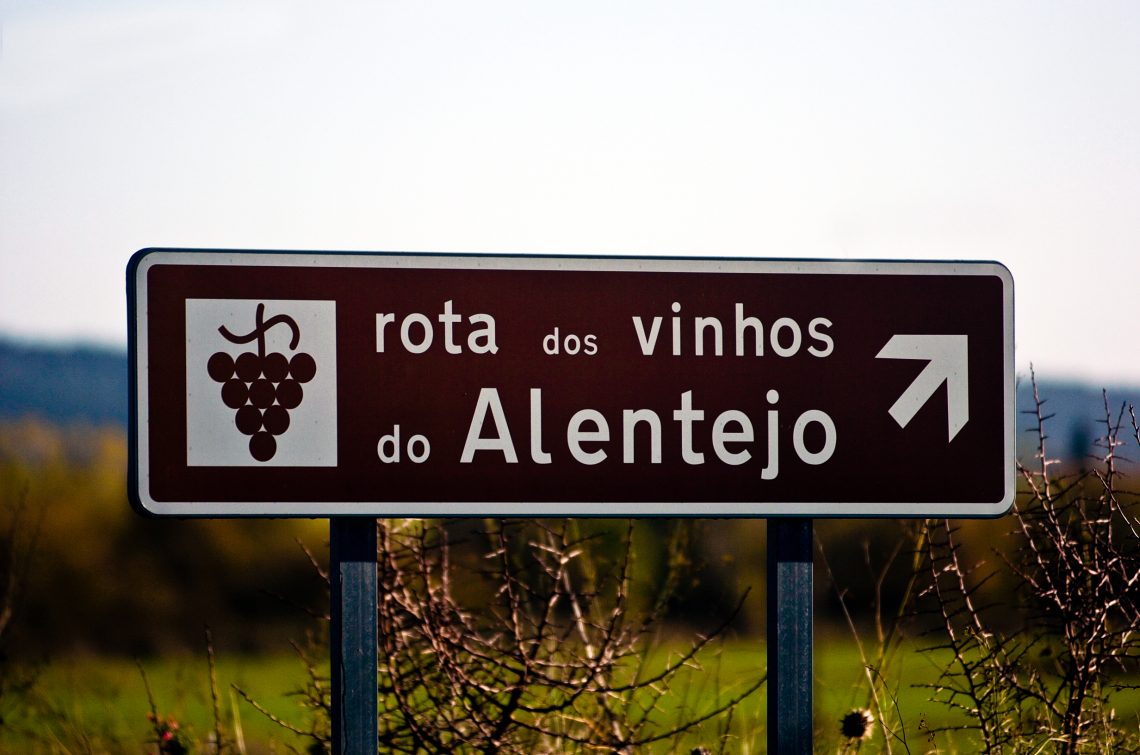The Wolf Post, supported by a Cultural Association, offers a professional service with free access, without subscription.
For this reason, a donation would also be a sign of appreciation for our work.
The Alentejo is one of the areas of Portugal best known for a high-level wine production.
Divided into Alto Alentejo and Baixo Alentejo, the region has been able to emerge, over time, focusing on wine tourism rather than mass tourism and, today, it is a popular destination for wine lovers (and not only) who have the chance to discover an area also rich in artistic testimonies and suggestive villages that are worth a visit.
Meticulous organization and effective communication make Alentejo one of the spearheads of the world of wine on an international level.
The Alentejo Wine Route best represents the dissemination of the region’s wines, through offers, itineraries and opportunities to be discovered. Let’s find out more from the words of Tiago Caravana, Marketing director of the Alentejo Wine Route.
Since when the Association was born, what goals has it achieved and which ones to achieve?
Alentejo Wine Route is a part of Wines of Alentejo marketing department and it started in 1997. The headquarters are located in Évora city, which is a World Heritage Site by UNESCO, just by the cathedral and close to the Roman Temple. So, in the most touristic area of the city and we were receiving around 8,000 people a year in this office in pre-pandemic times. Tourism in Portugal was booming and we expect a recovery now that the pandemic can be contained.
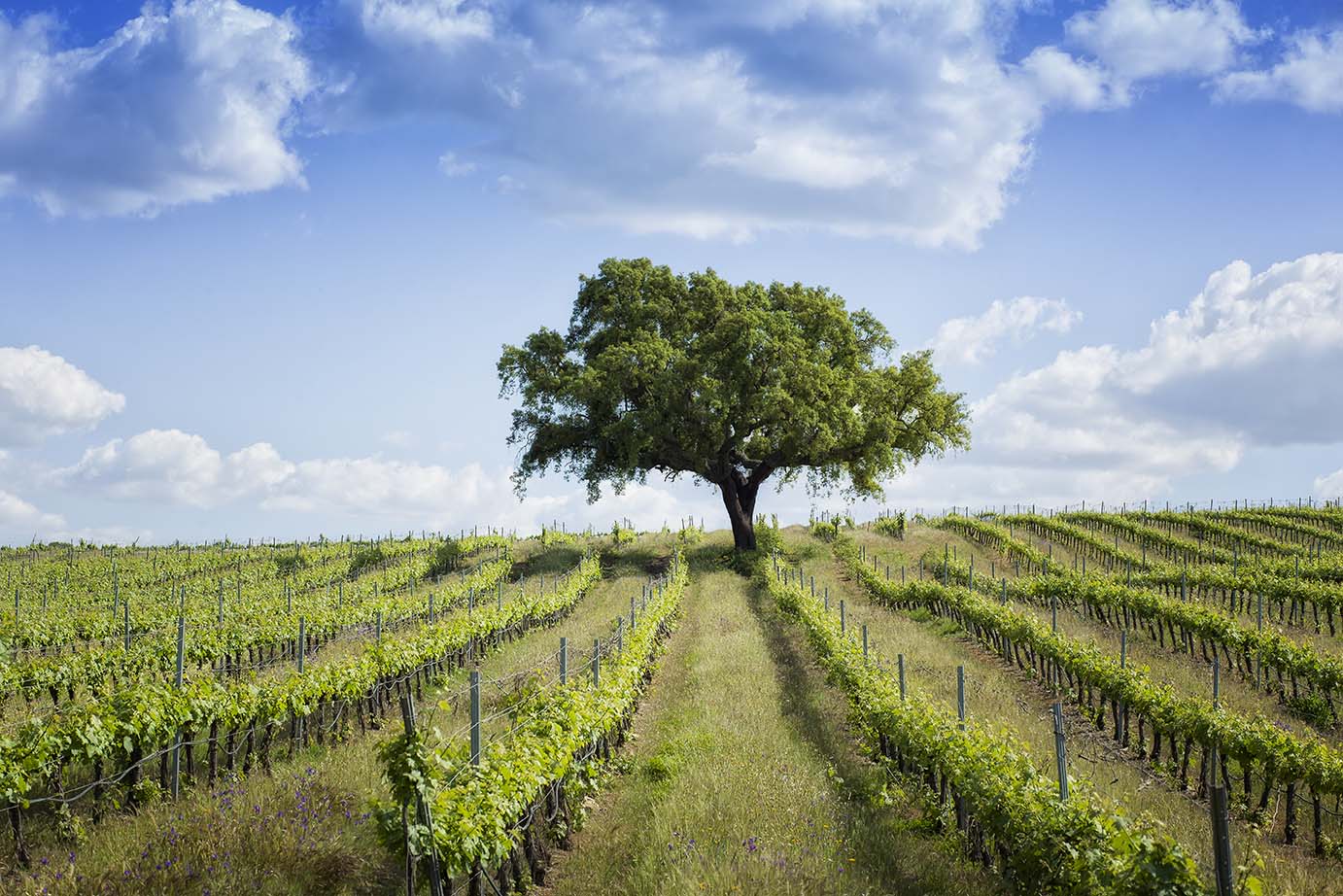
©Alentejo Wine Route
Nowadays we have 73 wine tourisms participating in the Alentejo Wine Route. They’ve been improving in the last 10 years and new projects keep on coming. The offer is very diversified from simple small producers, to more sophisticated offers with wine SPAs and Michelin-starred restaurants.
Alentejo Wine Route has been highly recognised with yearly awards from the most popular International magazines.
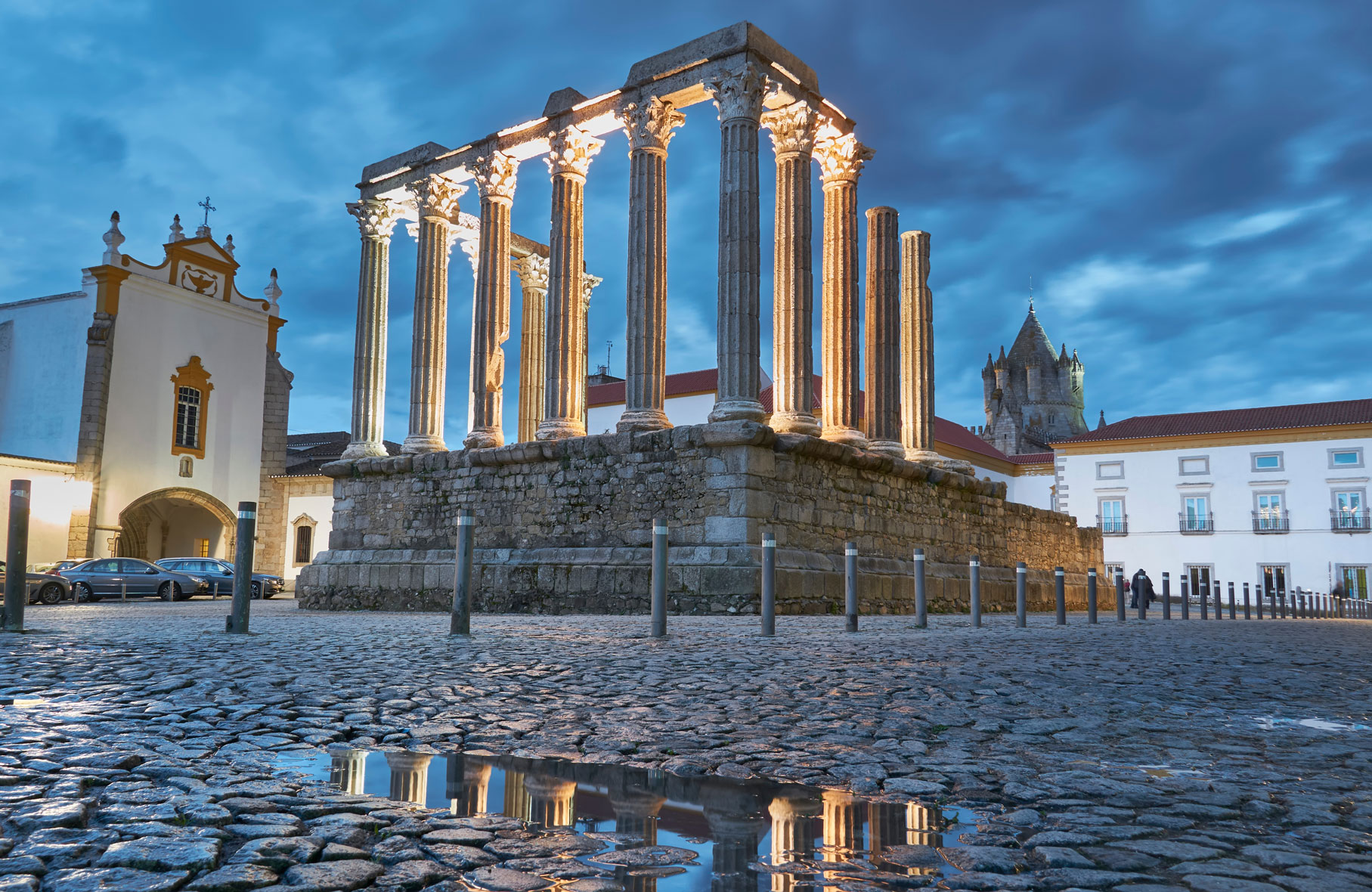
©Alentejo Wine Route
Through which services/activities do you promote the dissemination of the Alentejo Wine Route?
Fortunately, most of the wine tourists who visit us coincide with our main export markets, like Brazil and USA. Therefore being the Wine Route held by the Regional Wine Commission, its promotion is always present in the main Wine Fairs like Prowein, in tastings that we organize in our main markets and in all the Internet, Social Media and PR efforts we develop in Portugal, Brazil, USA and Switzerland.
We’re also closely connected with the Alentejo Tourism Promotion bureau, with whom we participate in the main tourism fairs and PR activities.
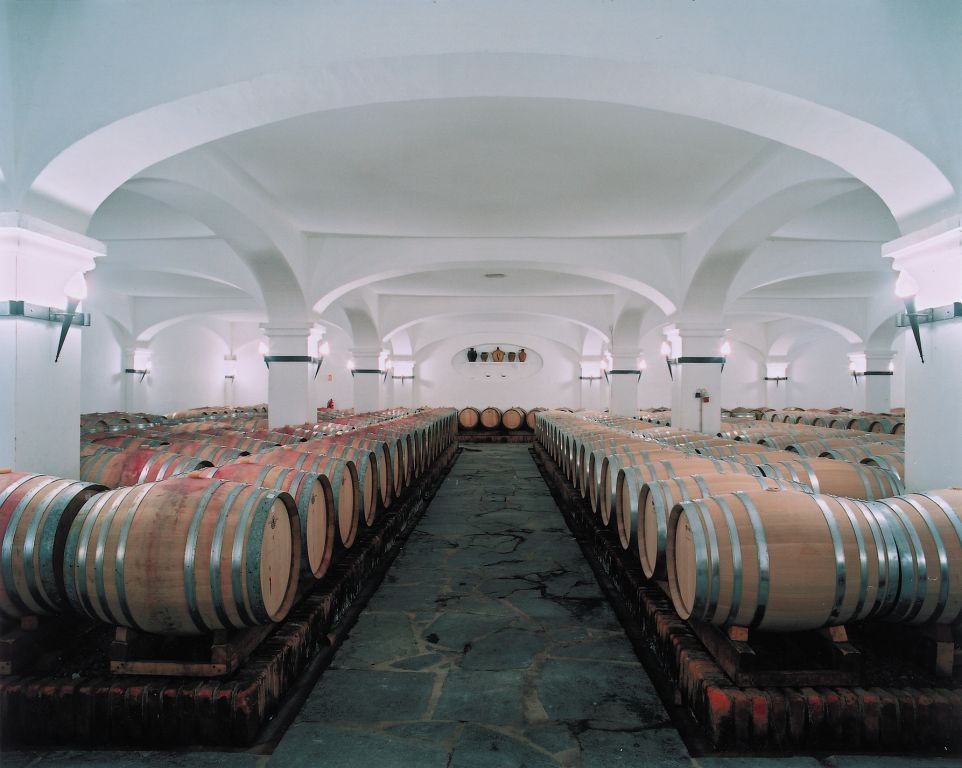
©Alentejo Wine Route
What are the peculiarities of the territory and its wines?
There is something fortifying and liberating about the Alentejo landscape, with its never-ending space, its immense undulating plains, huge skies of the deepest blue, its infinite horizon and the people, calm and unruffled folk, immensely proud of their homeland. The scenery flows smoothly from vineyard to wheat field, a deep green at the end of winter, the colour of straw at the end of spring and burned ochre during the searing summer months. The unmistakable shapes of cork-oaks and holm oaks line the horizon, symbols of a region covering one third of continental Portugal.
The characteristic flatness of the Alentejo, and consequent lack of physical barriers to block the condensation of humidity coming from the sea, removes any hint of Atlantic influence in the region. But the few hill ranges that do exist are responsible for the distinctive character of each of the sub-regions, providing singular conditions for vine growing throughout the Alentejo. Serra de São Mamede to the north, the highest hill range south of the River Tagus, is a clear example of this individuality, affording a reviving freshness that only altitude can provide.
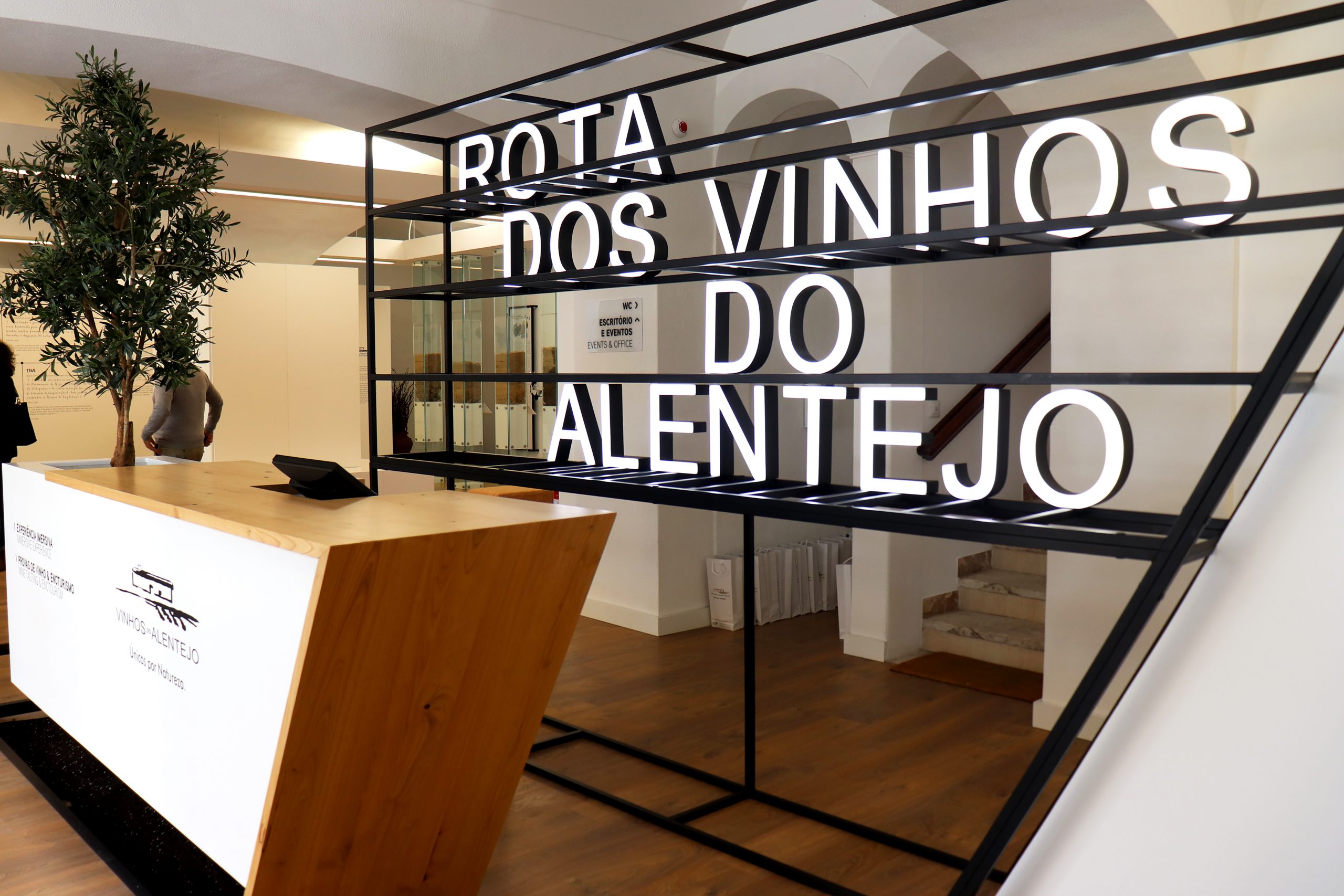
©Alentejo Wine Route
Redondo, protected by the hill range of Serra da Ossa, and Vidigueira, sheltered by Serra de Portel, both benefit from Nature to guarantee singular wines. What all Alentejo wines have in common is the offer of endless pleasure, whether red, rosé or white. Wines filled with aromatic exuberance, rounded and smooth wines with the unique capacity to be drunk young, secure in the knowledge that they will age with distinction.
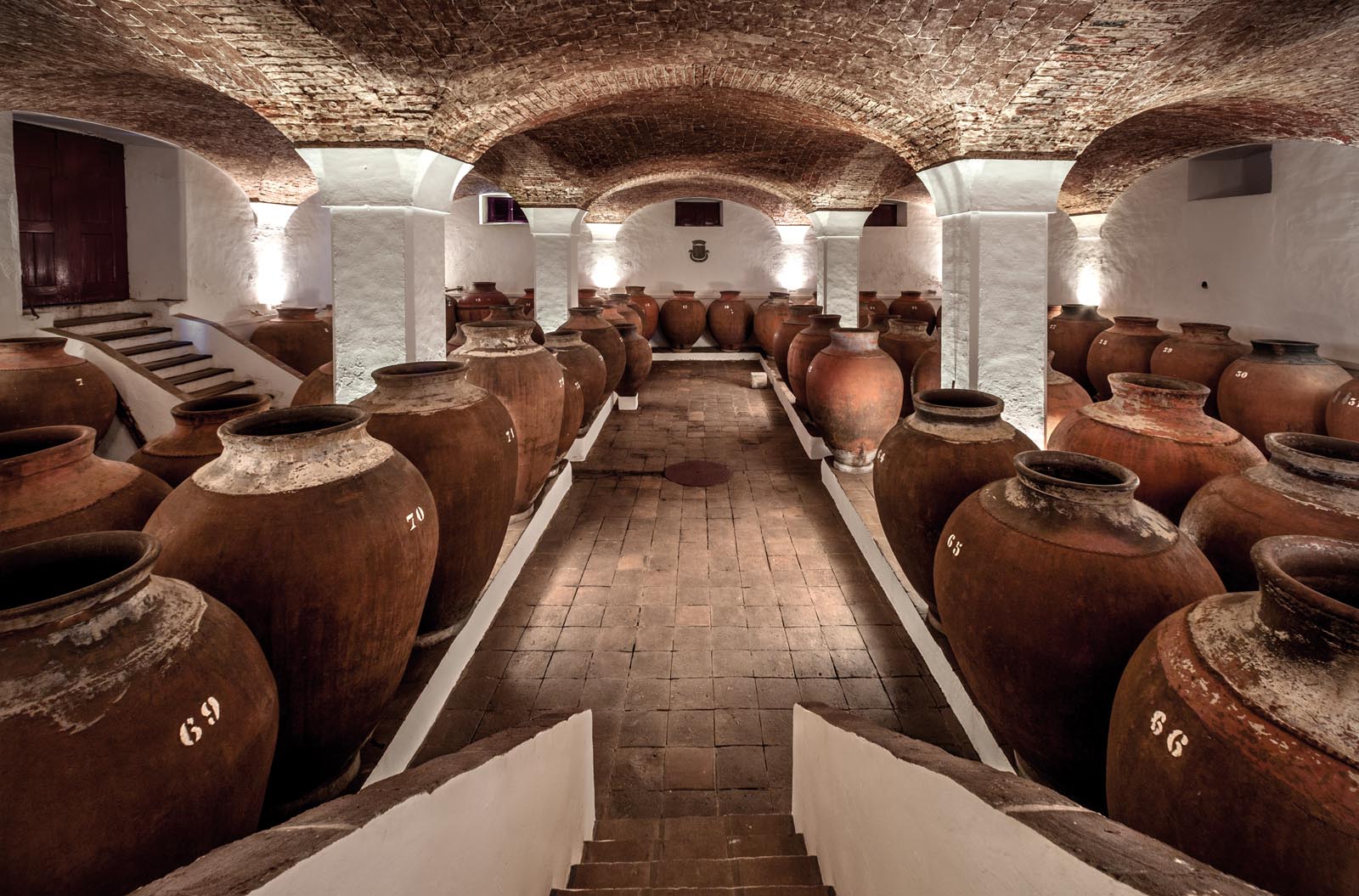
©Alentejo Wine Route
Can you briefly describe the Route and the territories of cultural and wine tourism interest it crosses?
Culturally, the main spotlight for the Alentejo region has long been the roman tradition of producing talha wines. Here, the techniques developed by the Romans for making wine in the clay amphorae called talhas have been safeguarded. The talha winemaking process has been handed down from generation to generation throughout history, almost without change. Nevertheless, there is more than one way to make wine in talhas, with certain variations from region to region, according to local tradition.
The growing interest in talha winemaking in the Alentejo has prompted some modern wineries to experiment with using these clay vessels. As a result, new techniques and equipment have been introduced to facilitate the process without tainting the essence of talha winemaking.
The wine made in talhas is unmatched. Whether it results from more classic procedures or modernised ones, talha wine is the epitome of the millenary wine culture of the Alentejo.
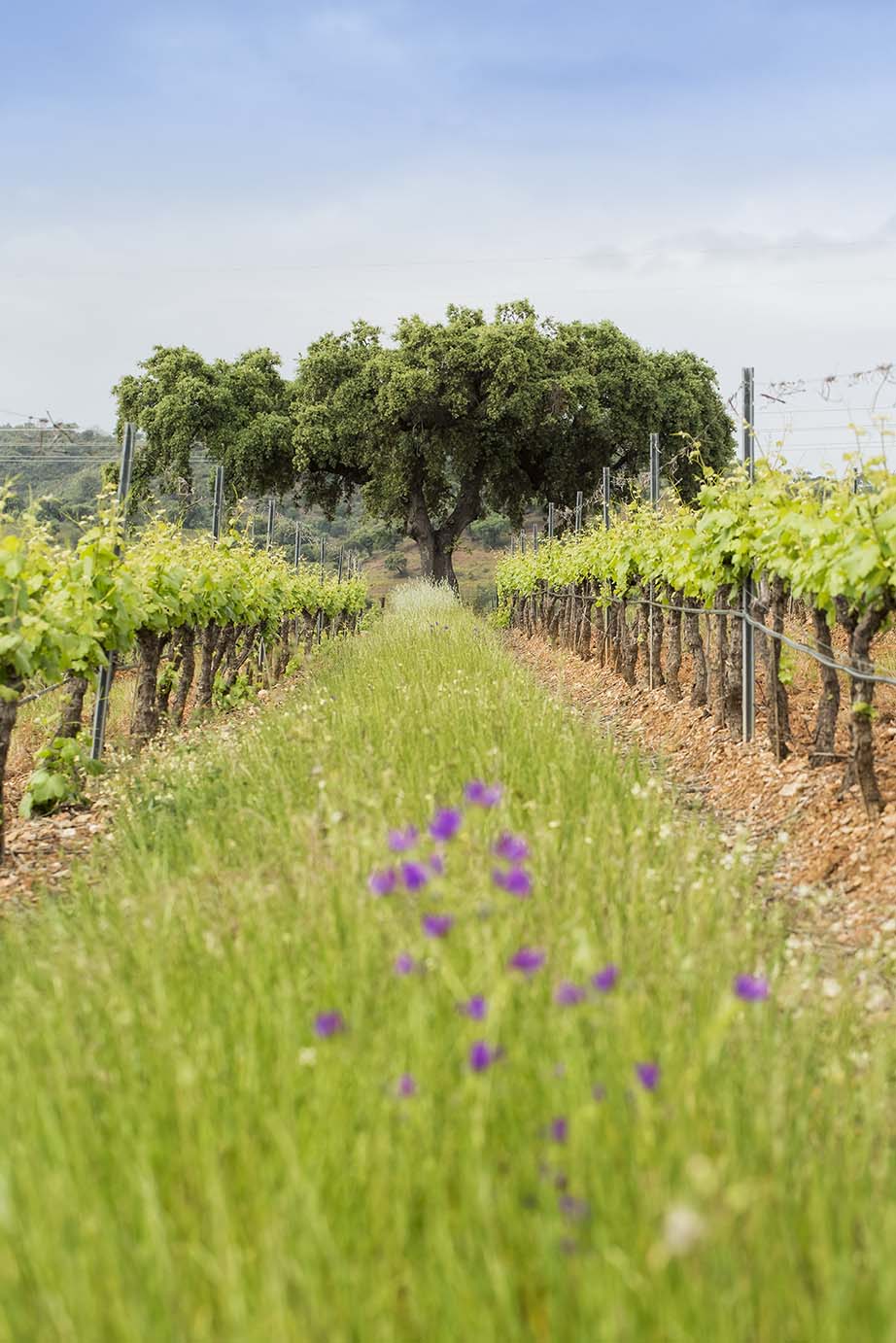
©Alentejo Wine Route
Why choose the Alentejo Wine Route?
Alentejo is special because it has a deep personality which today is lined with the main trends, like authenticity and slow food. It’s the world’s region with the largest cork production, being the cork and palm oak trees ecosystem the most biodiverse in Europe. It’s populated by warm and welcoming people, spread in small white washed villages with great heritage sites.
Wine wise it has a big diversity from the ones produced in talhas (local name to amphorae), passing through world class fruity reds, refreshing whites and delicious rosés. Unique, not only due to the terroir, but also due to a wide array of indigenous grape varieties. To complement, like in most of the world’s great wine regions, Alentejo has a great gastronomy. The local bread and black pork are almost a brand for the local dishes, but also food made with seasonal ingredients, many of them wild and collected in the fields.
On top of all, the region is highly compromised with sustainability, having now a seven year “Wines of Alentejo Sustainability Program” nowadays highly recognised worldwide.


